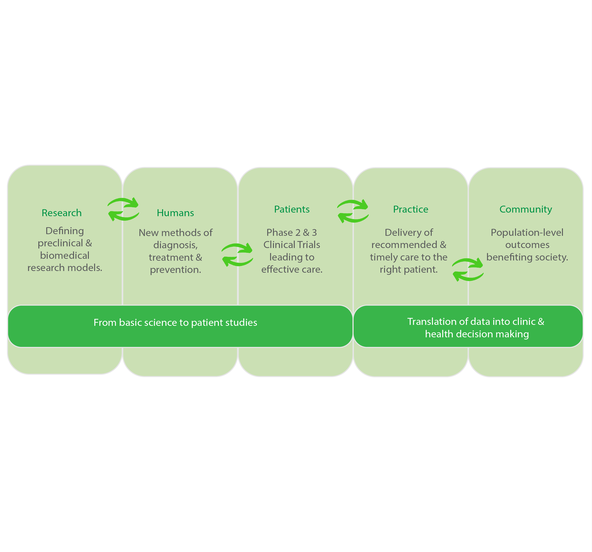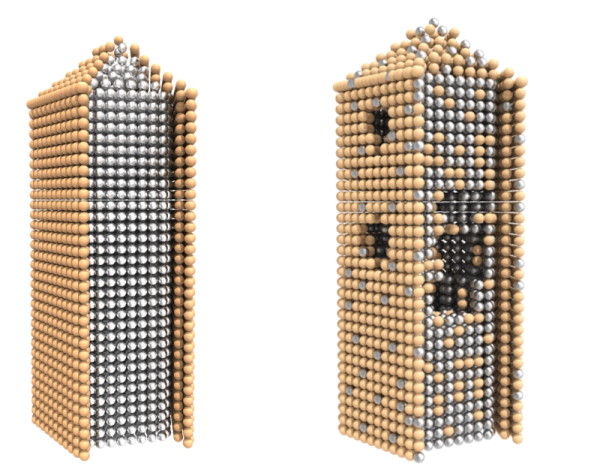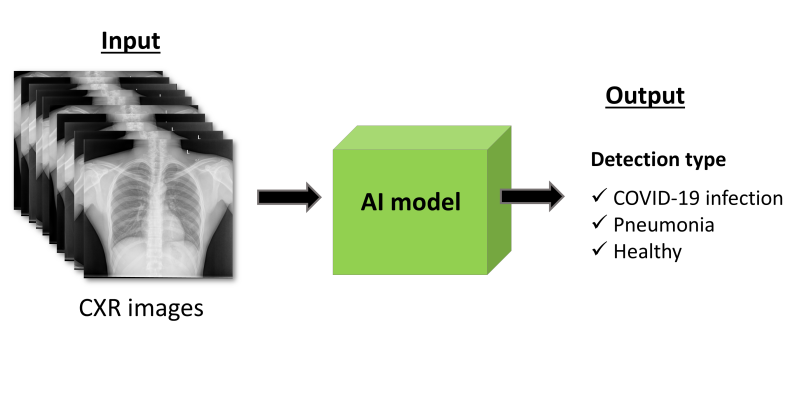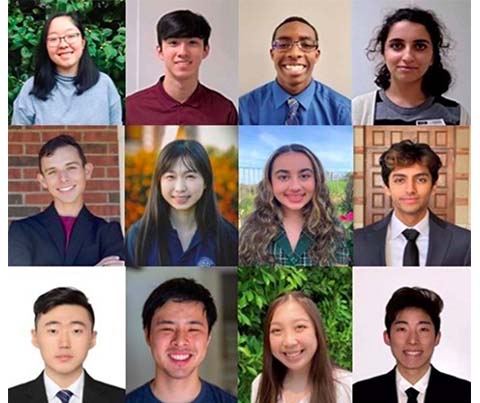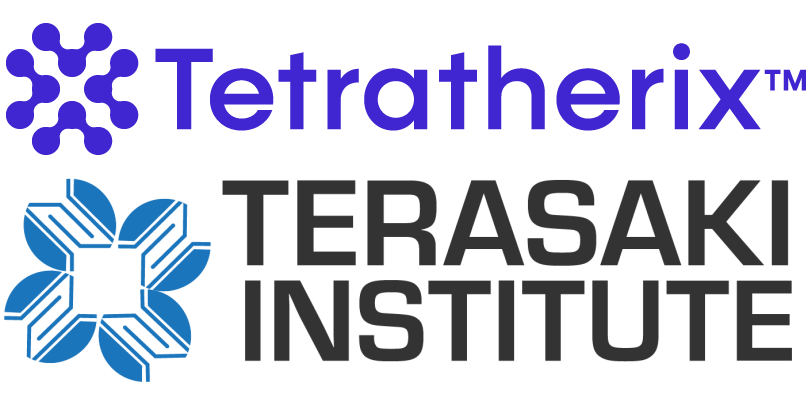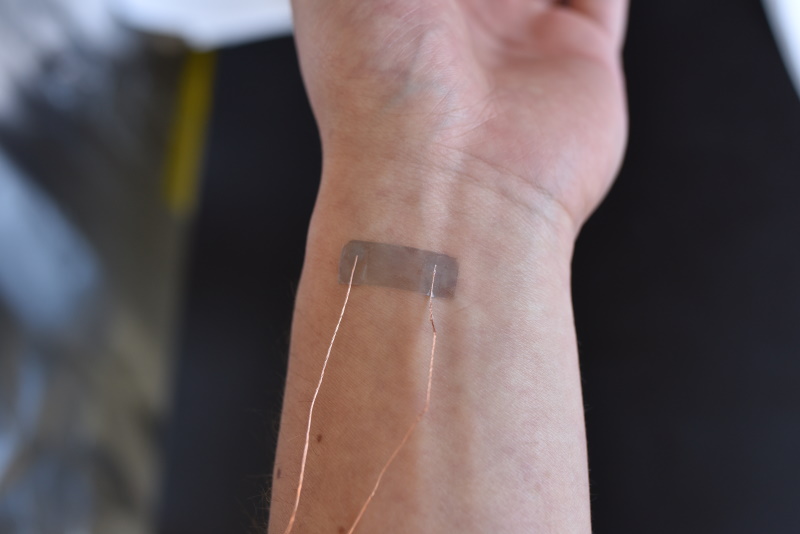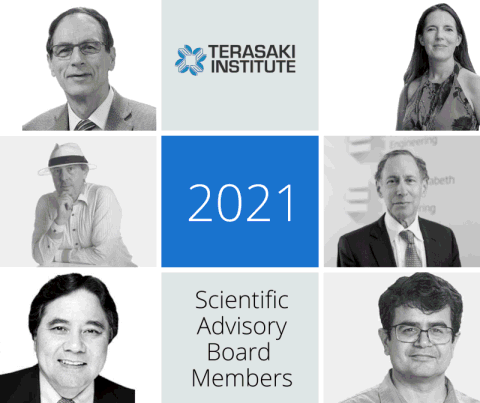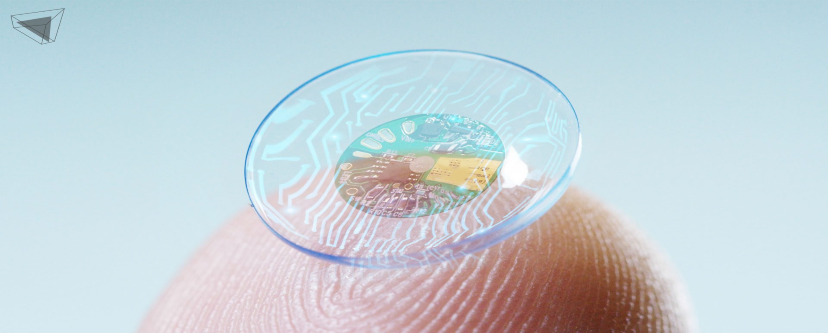August 23,2021
Written by Chief Innovation Officer, Maurizio Vecchione
(LOS ANGELES)– I have often been asked what makes the Terasaki Institute for Biomedical Innovation (TIBI) a unique place for both biomedical research and innovation. Of course, there is the caliber of our faculty, with their world-renowned platforms in leading biomedical frontiers, which include biomaterials, tissue engineering and organs on a chip, and the caliber of our research facilities which provides a unique, state-of-the-art inter-disciplinary laboratory that is home to our science work. But the most important feature might just be our commitment to innovation and the unique process of innovation that we are developing.
